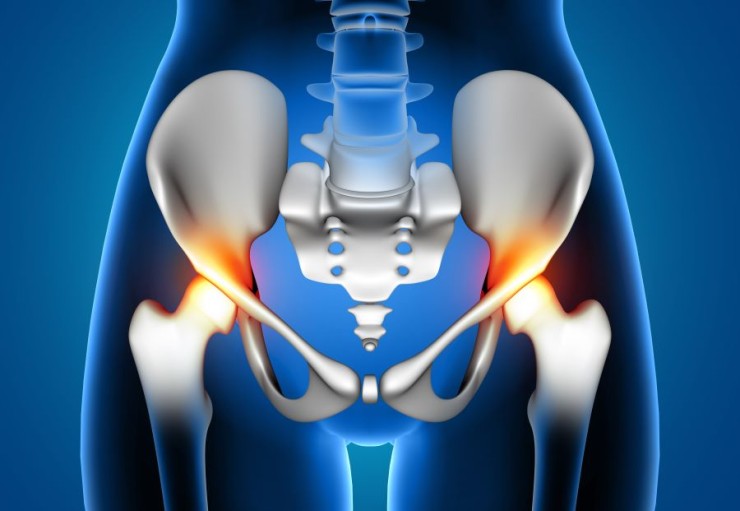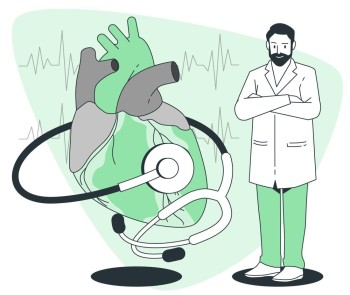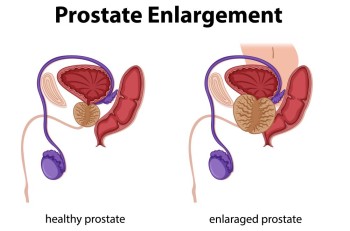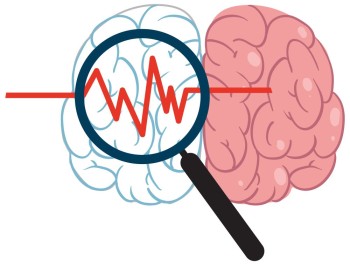
Magnetic Resonance Imaging (MRI) of the pelvis with both hips is a sophisticated diagnostic procedure that provides detailed insights into the structures and conditions affecting this vital region of the body.
MRI Pelvis and Both HIP with Cost
MRI Scan of Pelvis with Both Hips: A Comprehensive
Guide
Magnetic
Resonance Imaging (MRI) of the pelvis with both hips is a sophisticated
diagnostic procedure that provides detailed insights into the structures and
conditions affecting this vital region of the body. Let's delve into the
specifics of what this imaging process entails.
I. Purpose of Pelvis with Both Hips MRI Scan
An MRI scan of the pelvis with both hips serves as a powerful tool for healthcare professionals to assess and diagnose various conditions affecting the pelvic area and the hip joints simultaneously.
II. Procedure Overview
A. Patient Preparation
Before the scan, patients are required to wear a hospital gown and remove any metal objects, including jewelry, to ensure optimal imaging quality. Communication with the technologist is vital, especially if there are any concerns or specific conditions to address.
B. Positioning
Patients lie on a specialized MRI table, and the area of interest, encompassing the pelvis and both hip joints, is centered within the scanner. It is crucial to remain as still as possible during the scan to obtain clear and accurate images.
III. Imaging Sequences
A. T1-weighted Images
T1-weighted images provide detailed anatomical information, allowing for the visualization of structures like bones and muscles.
B.
T2-weighted Images
T2-weighted images highlight soft tissues, aiding in the detection of abnormalities such as inflammation or fluid accumulation.
C.
Contrast-enhanced Sequences
In some cases, a contrast agent may be administered intravenously to enhance the visibility of certain structures or abnormalities.
IV. Common Indications
for Pelvis with Both Hips MRI Scan
A. Hip Joint Disorders
Diagnosing conditions like osteoarthritis, labral tears, or avascular necrosis affecting the hip joints.
B.
Pelvic Inflammatory Conditions
Identifying and evaluating inflammatory conditions affecting pelvic organs or structures.
C. Soft
Tissue Abnormalities
Detecting soft tissue abnormalities such as tumors or cysts within the pelvic region.
D.
Assessing Blood Vessels
In some instances, MRI can be used to assess blood vessels in the pelvic area, providing insights into vascular conditions.
V. Benefits of Pelvis with Both Hips MRI Scan
A. High Resolution
MRI offers high-resolution imaging, providing detailed views of both bony and soft tissue structures.
B.
Non-Invasive
Being a non-invasive procedure, MRI eliminates the need for surgical intervention for diagnostic purposes.
C.
Multi-Planar Imaging
MRI allows imaging in multiple planes, offering a comprehensive understanding of the pelvic and hip anatomy.
VI. Risks and Considerations
A. Magnetic Field Safety
While generally safe, it's crucial to inform healthcare providers about any metal implants or devices within the body to ensure safety during the MRI scan.
B.
Contrast Agent Concerns
In rare cases,
individuals may experience allergic reactions to contrast agents. It's
essential to communicate any known allergies to the healthcare team.
VII. Interpreting Results
A. Consultation with Healthcare Professionals
After the scan, healthcare professionals, often radiologists, interpret the images and provide a detailed report to the referring physician.
B.
Treatment Planning
Based on the findings, healthcare providers develop appropriate treatment plans tailored to the patient's specific condition.
VIII. Conclusion
An MRI scan of the pelvis with both hips is a valuable diagnostic tool that offers a comprehensive view of the pelvic region and hip joints. This non-invasive procedure provides detailed information crucial for accurate diagnosis and effective treatment planning.
In conclusion, for individuals experiencing pelvic or hip-related concerns, an MRI scan with both hips stands as a reliable and advanced method to unravel the mysteries within, ensuring a path towards informed healthcare decisions.
FAQs (Frequently Asked Questions) about Pelvis with Both HIP MRI
A. How long does an MRI scan of the pelvis with both hips take?
The duration of the scan can vary, but on average, it takes approximately 45 to 60 minutes. Factors such as the complexity of the examination and patient cooperation may influence the time.
B. Are there any specific preparations needed before the scan?
Patients typically need to wear a hospital gown and remove metal objects. It's advisable to inform the healthcare provider about any pre-existing conditions or concerns before the procedure.
C. Will I experience discomfort during the MRI scan?
MRI scans are generally painless, but some individuals may feel discomfort due to the need to remain still. If you have concerns, discuss them with the healthcare team beforehand.
D. Can I undergo an MRI scan if I have a metal implant or device?
Most metal implants are safe for MRI, but it's crucial to inform the healthcare team about any metal within the body to ensure safety and obtain accurate results.
E. Is contrast dye always used during a pelvis and hip MRI scan?
Contrast dye is not always necessary. Its use depends on the specific diagnostic requirements and the healthcare provider's recommendation. If contrast is used, the healthcare team will address any potential concerns.
(0)
Login to continue



